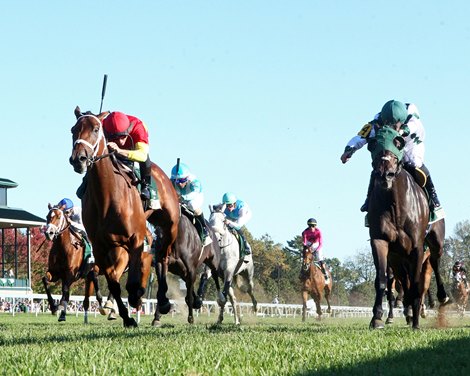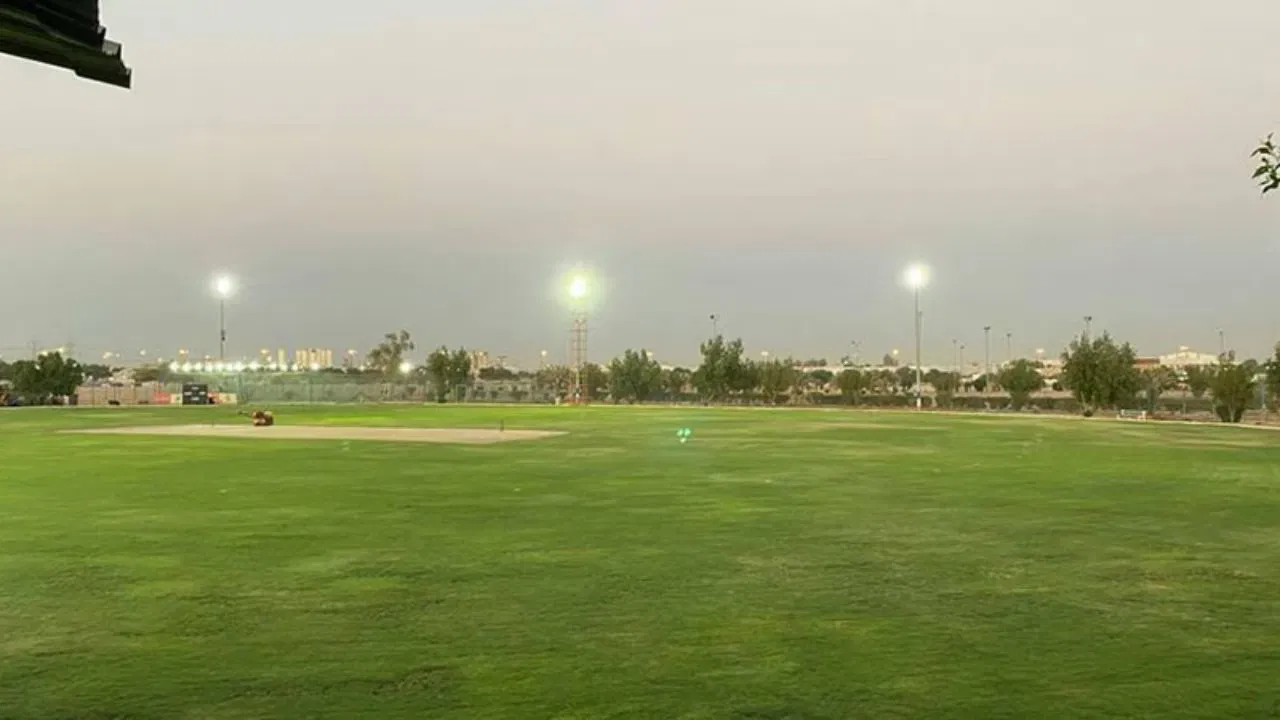NEW DELHI: The international hockey federation’s (FIH) goal is to switch to waterless playing turfs, in line with the United Nations Sustainable Development Goals, but it would not be possible to do that at the next Olympics, Los Angeles 2028.

On his election as FIH president in 2022, Tayyab Ikram had said hockey at the 2028 Games would be played on a turf that would not need to be watered.
“With Los Angeles 2028, our message is clear. Looking at the climate there, I don’t think we are ready to take any risk. The initial observations show us that the most challenging thing is the climate versus plastic relation,” Ikram, who was in Delhi at the weekend for the Olympic Council of Asia (OCA) general assembly, said in an interview.
“If you have a friendly climate of 20 degrees Celsius, you can play on a dry turf. Not where it is hot. Our communication has gone to them (LA 2028 organisers) that we still need wet pitches, or at least the arrangement for water irrigation and drainage. We are trying to make it more environmentally friendly.”
At the 2018 FIH Congress, it was decided to gradually shift to dry pitches as it didn’t want the sport to be seen as ‘wasting water’. Water is needed to control the pace of the ball on artificial turfs.
The turf used in Tokyo 2021 used 40% less water than Rio 2016, while Paris Olympics saw water use reduced by 20% from Tokyo. The Paris pitch was hockey’s first carbon zero turf called Poligras Paris GT zero.
Ikram, who is from Macau, said the men’s and women’s World Cups in 2026, to be played in Wavre and Amstelveen from August 15-30, will also be played on watered pitches, though research on reducing water use will continue.
“I made the decision in January that there will be no more discussion about 2026. It was important for us to tell them in advance. The plan is that matches will be held on a wet pitch but we will continue to work on technologies on how you can reduce usage of water.”
No pruning the Asiad field
The OCA plans to reduce the field for team sports at the Asian Games to prune the oversized continental Games. Its deputy director general Vinod Tiwari said here last week that it was already in talks with the football, hockey, handball and volleyball bodies to achieve this.
More than 15,000 athletes were at the 2023 Hangzhou Asian Games and team competitions accounted for a sizeable chunk. Hockey had 12 men’s teams and 10 women’s sides in the last two Asian Games.
Ikram said the number of teams will remain the same at the 2026 Asian Games in Aichi-Nagoya.
Hockey India League
The FIH president, who is due to be re-elected unopposed in November, was upbeat about the resumption of the Hockey India League (HIL), which is likely to be held from December 28 to February 1. The league was launched in 2013 but folded in 2017 due to financial problems. The men’s event will have eight teams and the women’s tournament six.
Ikram said despite it being a holiday season, European players have shown more commitment than others. Asked how HIL can remain financially viable and not face the fate it did eight years back, Ikram said: “Most importantly, HIL should benefit the players. Most European countries have a proper professional club league. Australia too have their tournament-based club structure, similar to FIH’s Pro League. India and other Asian countries don’t have that. This league will give an opportunity to the players of this region to get involved professionally and get financial benefits too,” said Ikram.
“Secondly, India is a big market. We have to benchmark hockey with other sports. Using innovative programmes, you have make the sport’s presence felt which is the oxygen for any sport — people talking, watching and discussing hockey. Thirdly, visibility on social media and a good footprint on broadcast delivery. These things can give HIL its significance.”










Leave feedback about this